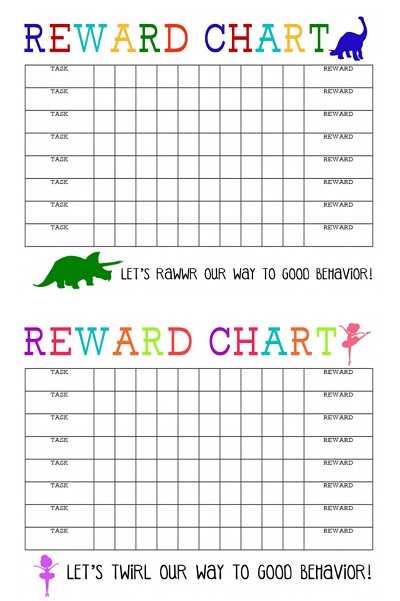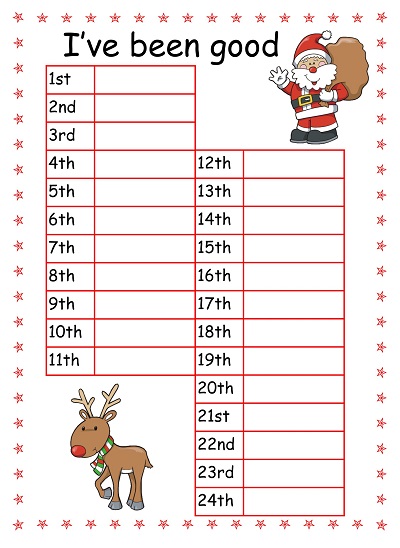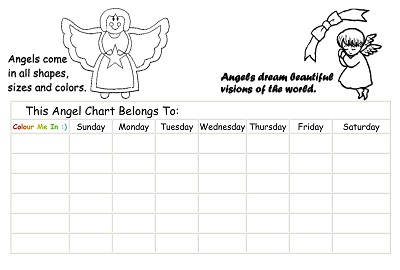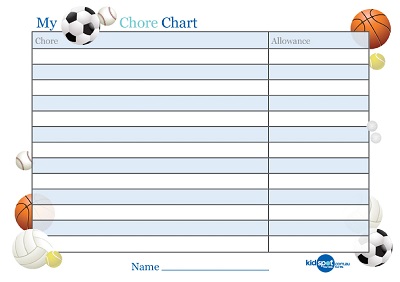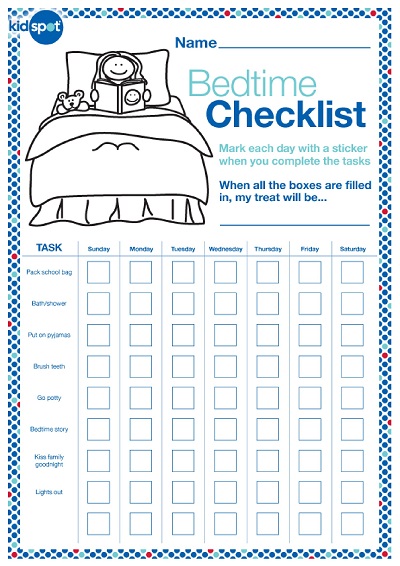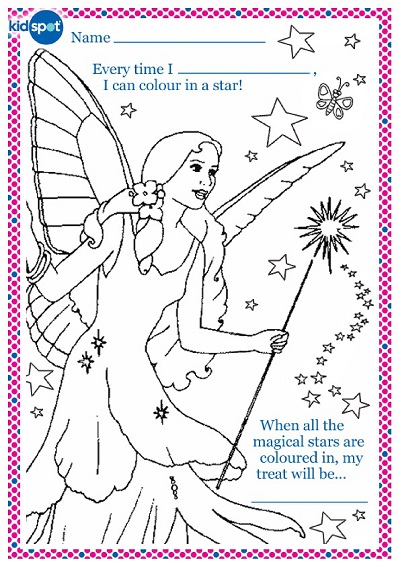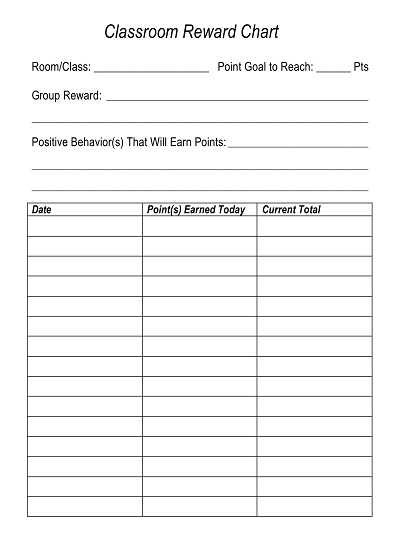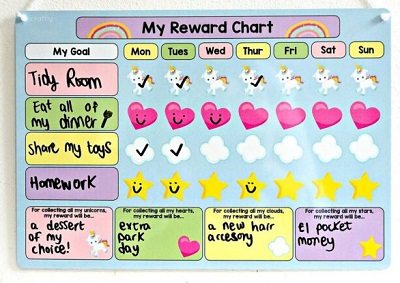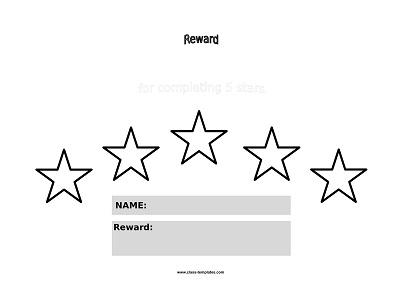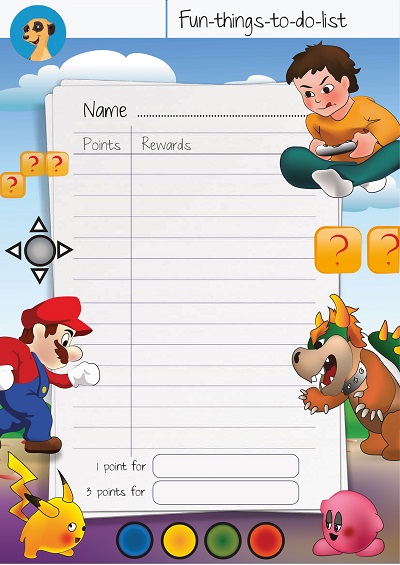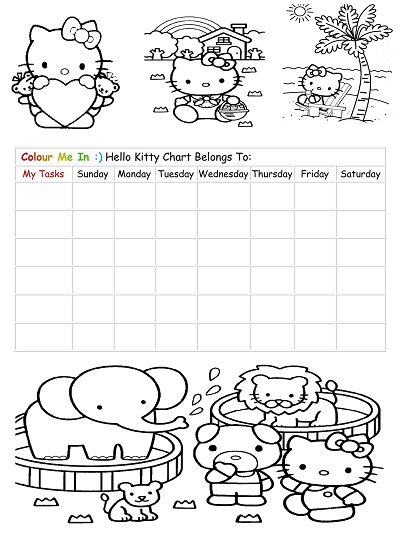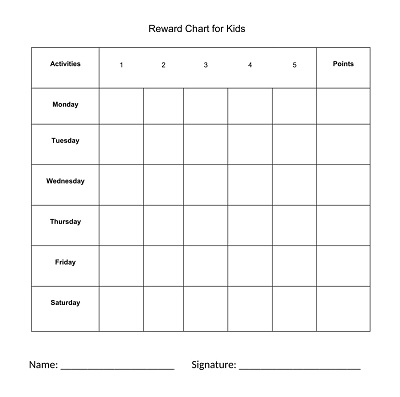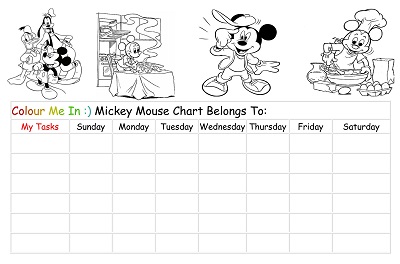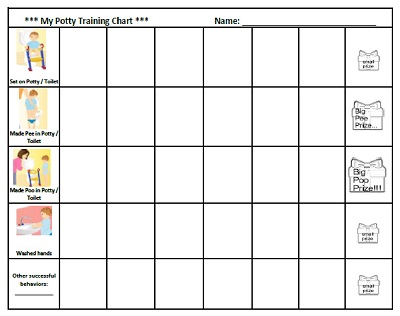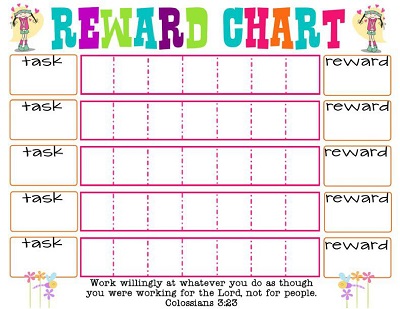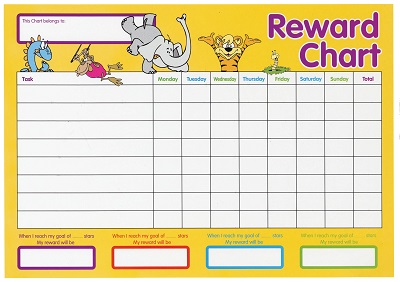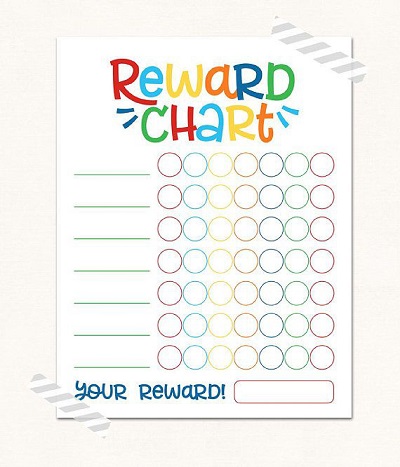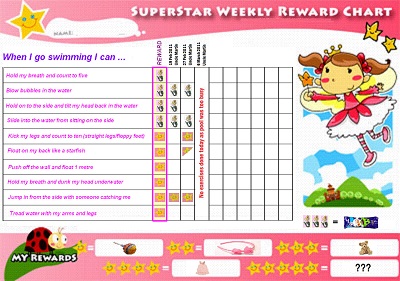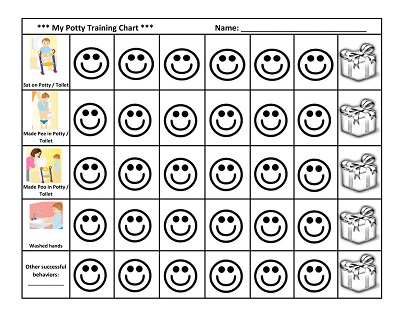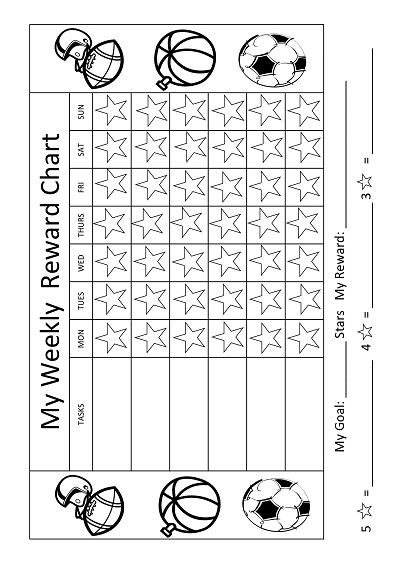30+ Free Printable Reward Chart Templates (PDF, Doc)
A reward chart template is a tool that helps parents and teachers motivate children to achieve specific goals or behaviors. It’s a fun and interactive way to encourage positive actions and reinforce good habits, such as completing chores, practicing good manners, or doing well in school.
Table of Contents
The template usually includes a chart with several categories, such as date, task, and reward, allowing children to track their progress and see the results of their hard work. Whether you’re a parent of a young child or a teacher trying to encourage a classroom of students, a reward chart template can be a simple yet effective way to motivate and inspire kids to be their best selves.
Download Free Printable Reward Chart Templates
What is a Reward Chart?
A reward chart is a tool parents use to encourage good behavior in their children. It is a visual representation of tasks and goals that can be completed, such as brushing your teeth twice a day or completing homework on time. Each task receives a sticker or checkmark when completed, and after a certain number of checkmarks or stickers, the child receives a reward.
Rewards can vary from extra screen time to a special outing or toy. Reward charts teach children responsibility, goal-setting, and the value of hard work. They also help parents reinforce positive behavior without relying on punishment. With a reward chart, children can learn the satisfaction of accomplishing tasks and earning rewards, leading to a happier and more successful household.
How Can You Use Reward Chart Effectively
Many parents struggle with finding effective ways to motivate their children to behave in positive ways at home. One strategy that has become increasingly popular over the years has been the use of reward charts. Reward charts are tools that can help parents track their child’s behavior and reward them accordingly. When used effectively, reward charts can be a powerful tool in shaping children’s behavior and instilling positive habits.
Some tips for using reward charts include developing clear goals, offering meaningful rewards, and providing consistent feedback and reinforcement. By following these guidelines, parents can create a reward chart system that is tailored to their child’s unique needs and interests and that can help them achieve their behavior goals over time.
Ideas to keep children excited about using the Reward Chart
Getting your child involved in doing chores or other tasks around the house can sometimes prove to be difficult. However, a reward chart is an excellent way to make work fun for kids. While the concept seems simple, some children might lose interest after a while and become less motivated to earn rewards. Fortunately, there are many ways to keep children excited about using the reward chart.
Personalize the reward chart
The first step to keeping children excited about using the reward chart is to make it personal. Children will become more invested in the process if they have input in creating the reward chart. Let your child choose their favorite stickers or colors to decorate their chart. You can also create a theme, such as animals, space, or superheroes, to make it more exciting. Personalizing the reward chart makes it more comfortable and fun to use, and it can motivate children to work harder.
Get creative with rewards
Nothing keeps kids motivated like exciting and creative rewards. Rewards don’t have to be expensive; small treats, such as candy, playtime, or a special outing, can keep your child excited about using the reward chart. You can also create a reward basket where children can choose their rewards. This system creates an element of surprise that keeps kids wanting to earn more points.
Celebrate progress
Celebrating progress is essential in making the reward chart system effective. Children tend to get discouraged when they see how much work they have left to do. It’s essential to celebrate small victories frequently. You could present a small treat or reward when they reach a particular milestone, such as completing a quarter of the chart. This way, children will feel proud of themselves and motivated to continue working towards the overall goal.
Make it a family effort
The reward chart doesn’t have to be limited to children but can include parents too. You could create a family reward chart where everyone earns points for doing household tasks. The family reward chart creates a collective effort, and parties become a bonding time. Also, you can give an extra reward if everyone completes their tasks or get a prize for specific milestones such as achieving 100 points.
Change the routine
Using the same reward chart system repeatedly can become mundane over time. Children might lose interest in completing tasks when the reward chart feels monotonous. You can change things up and make the reward chart system more exciting by rotating different charts. You can create weekly or even daily charts, which can make it more fun and less predictable. The new twists will make children excited about seeing what’s next.
How to Create a Reward Chart Template
Reward charts are a tried-and-true method for motivating children. By offering a tangible reward for good behavior, parents can encourage their children to develop positive habits and make good choices. However, many reward chart templates fall short of achieving their intended goal. They may be too complicated, or the rewards may not be meaningful enough.
Determine the Behavior You Want to Encourage
Before you create a reward chart template, you need to decide which behavior you want to encourage. This could be anything from completing homework on time to brushing your teeth twice a day. Once you’ve identified the behavior, you can create a chart that focuses on that specific action.
Choose a Design
The design of your reward chart template can play a big role in its effectiveness. You want to choose a design that’s both visually appealing and easy to interact with. Some popular options include simple checklists or colorful charts with stickers. Whatever design you choose, make sure it’s easy to read and understand.
Set Achievable Goals
To keep your child motivated, it’s important to set achievable goals. If the goals are too difficult or vague, your child will become discouraged and give up. Start with small, reached goals and gradually increase the difficulty level as your child begins to achieve success.
Choose Rewards Wisely
The rewards you offer for good behavior should be meaningful and desirable to your child. Consider your child’s interests and preferences when choosing rewards. It’s also a good idea to mix up the rewards so that they don’t become stale or routine. For example, one week, the reward could be a trip to the movies, and the next week it could be a new toy.
Keep It Consistent
Consistency is key when it comes to reward charts. Make sure to use the chart consistently and offer rewards when your child meets the goals you’ve set. It’s also important to be consistent with consequences if your child doesn’t meet the goals. For example, if your child fails to brush their teeth twice a day, they may lose a privilege like screen time.

